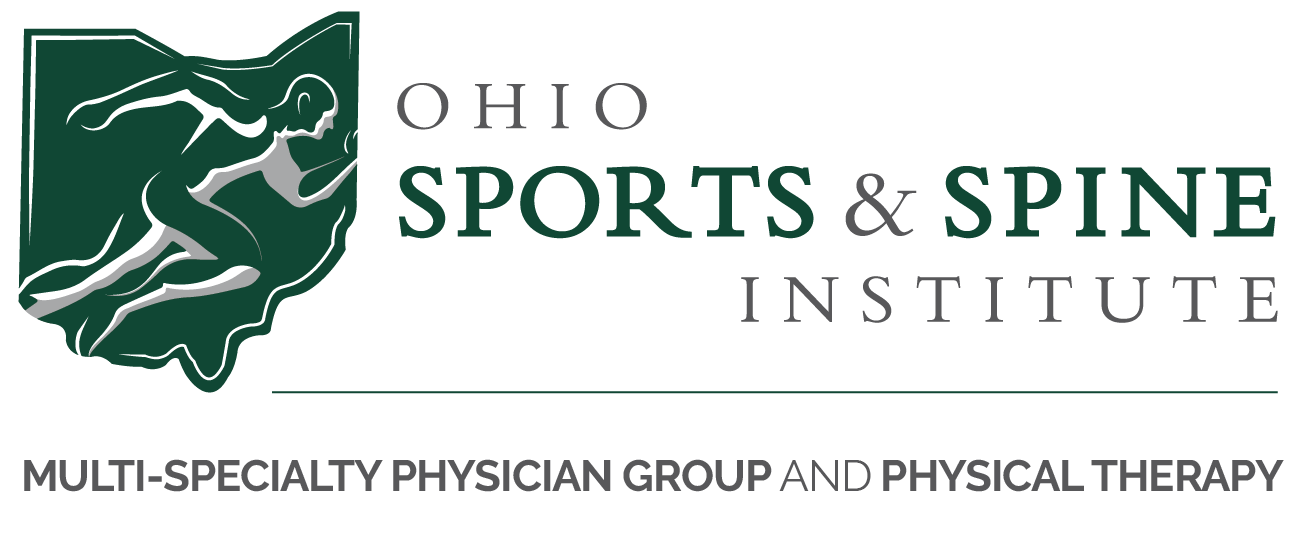When it comes to workout programs, one size definitely does not fit all. In fact, one exercise that provides great results for one person could be damaging to another.
In an effort to assess what type of workout or rehabilitation program is most effective – and safe – for patients, the rehab and therapy staff at Ohio Sports and Spine Institute utilizes a testing system known as the Functional Movement Screen (FMS).
The program helps identify muscle asymmetries, tightness, weakness and other risk factors for injury by examining the mobility and stability of the hips, core, shoulders, knees, spine and ankles.
The system is accurate and effective because it’s scored simply, gives a good baseline of abilities and, through rescreening, provides a consistent measure of progress. The simple grading system accurately assesses athlete/patient movement.
“We have great success using the functional movement screening as an injury prevention,” said Stephanie Porter, a therapist at Ohio Sports & Spine Institute (OSSI). “We are able to reach out to employers and local high school or college athletes and determine any weakness, asymmetries and soft tissue restrictions the individual may have. With this information, we are able to provide corrective exercises that help prevent further injuries.”
How the movement screen works
The FMS measures seven basic movement patterns to identify tightness and weakness in the body – so they can be corrected before they cause major problems. The tests include the Deep Squat, Hurdle Step, In-Line Lunge, Shoulder Mobility, Active Straight Leg Raise, Trunk Stability Push-Up and Rotary Stability.
The FMS ranking and grading system documents movement patterns that are key to normal function. By screening these patterns, the tests identify functional limitations and asymmetries. These are issues that can reduce the effects of functional training and physical conditioning and distort body awareness.
The tests generate the Functional Movement Screen Score, which is used to target problems and track progress. The scoring system is directly linked to the most beneficial corrective exercises to restore mechanically sound movement patterns.
Ohio Sports & Spine therapists and physicians monitor this score to track progress and to identify those exercises that will be most effective to restore proper movement and build strength in each individual.
Benefits of the movement screen
The FMS simplifies the concept of movement and its impact on the body. Its streamlined system has benefits for everyone involved – individuals, exercise professionals and physicians.
Benefits of the FMS testing include:
- Communication – The FMS utilizes simple language, making it easy for individuals, exercise professionals and physicians to communicate clearly about progress and treatment.
- Evaluation – The screen easily identifies asymmetries and limitations, diminishing the need for extensive testing and analysis.
- Standardization – The FMS creates a functional baseline to mark progress and provides a means to measure performance.
- Safety – The FMS quickly identifies dangerous movement patterns so that they can be addressed. It also indicates an individual’s readiness to perform exercise so that realistic goals can be set and achieved.
- Corrective Strategies – The FMS can be applied at any fitness level, simplifying corrective strategies of a variety of movement issues. It identifies specific exercises based on individual FMS scores to create customized treatment plans for patients.
“The FMS screen allows our staff to pinpoint the areas that need the most attention during treatment,” said Porter. “We are in direct contact with the athletes’ coaching staff or workplace manager to give them individual corrective exercises to make the athlete or worker more functional and less susceptible to further injury on the field or in the workplace.”
To learn more or to schedule a Functional Movement Screening, call Ohio Sports & Spine at 330-758-9400 or email getwell@ossinstitute.com.




